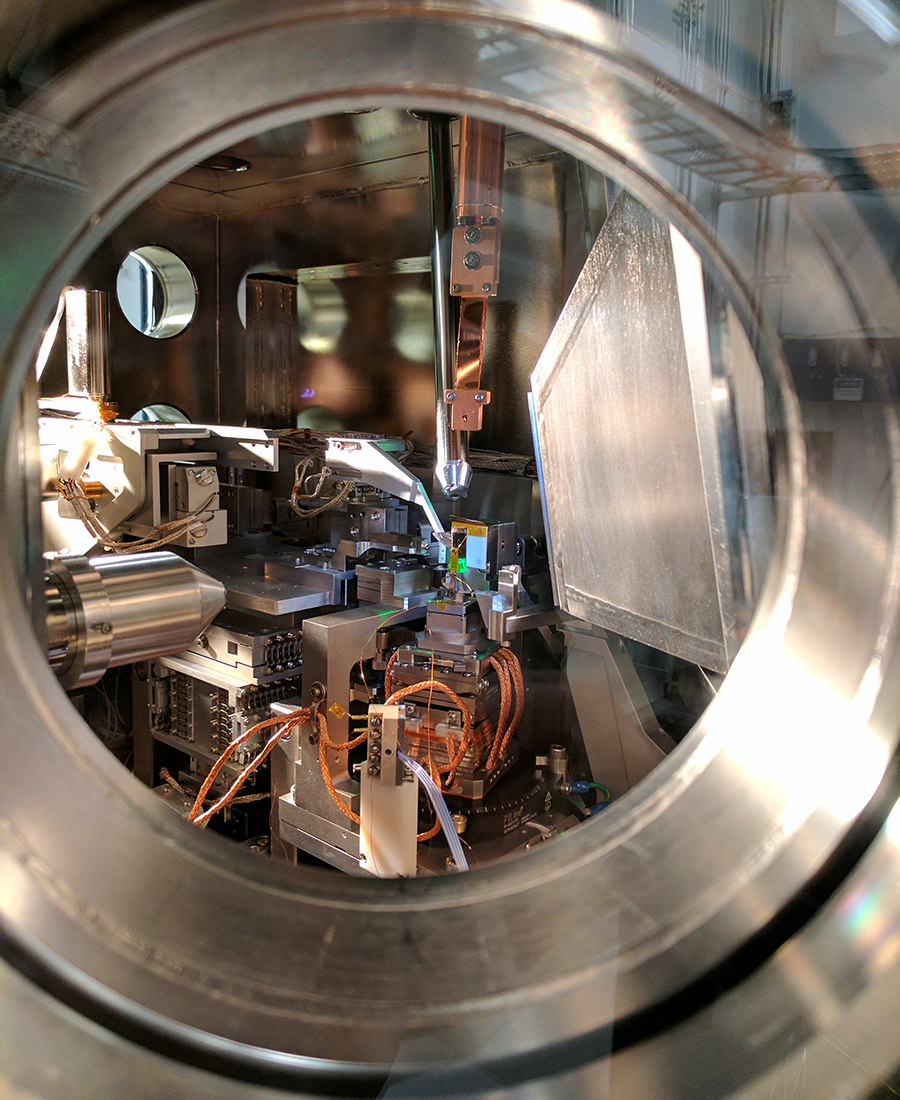Researchers at the University of California San Diego have been able to explain how adding small amounts of cesium or rubidium salt to perovskite-based solar cells can increase performance by around 2%.
According to the paper Homogenized halides and alkali cation segregation in alloyed organic-inorganic perovskites –published in Science – the addition of alkali metal to lead-halide perovskites was a well-known process to increase performance, but no explanation of why this was possible was available.
The discovery, made by a research team led by scientists from the University of California San Diego and MIT, could rapidly advance work to identify the perfect mix of compounds and elements in a perovskite layer for use in solar cells. Until now, researchers have been limited to trial and error in identifying the solar power potential of new perovskites, which have a three-part crystal structure composed of three from a long list of candidate materials.
The U.S. team used high-intensity X-ray imaging techniques to understand exactly how small proportions of cesium and rubidium salt acted as a booster to cell yield.
“By looking at the composition within the perovskite material, we can see how each individual element plays a role in improving the performance of the device,” said research co-author Yanqi Grace Luo. The most important contribution of the salts, the research team claim, is that they determine more even distribution of halide atoms within the perovskite. “We found that uniformity in the chemistry and structure is what helps a perovskite solar cell operate at its fullest potential,” said research coordinator David Fenning. “Any heterogeneity in that backbone is like a weak link in the chain.”
Dead zones mitigated
Popular content
Rubidium and cesium, the scientists added, improve cell performance in relation to microscopic inactive “dead zones” in perovskite cells – which suck in and retain electrons from other regions, resulting in loss of current and voltage which is detrimental for device yield.
When attached to the two salts, however, the dead zones did not notably affect performance, although there was some current loss. “This shows how robust these materials are but also that there’s even more opportunity for improvement,” said the researchers.
As recent research has demonstrated, the number of chemicals and materials being used to improve performance of perovskite solar devices has constantly increased. The list includes, among others, Cesium-gold-iodide; lead-free perovskites; halide double perovskites; manganese; potassium; and methylammonium, lead and iodide.
This article was amended on 08/07/19 to stress the paper’s potential for speeding up the process of identifying optimum perovskite materials for use in solar cells.
This content is protected by copyright and may not be reused. If you want to cooperate with us and would like to reuse some of our content, please contact: editors@pv-magazine.com.



Is the increased performance 2% of current conversion efficiency, or a 2% jump in it (say from 15% to 17%? The difference is over 6 to 1.
Hi James, I’m not sure so rather than hazard a guess, I’ve asked someone at MIT who is far cleverer than I am. I do recall though, seeing announcements from two academic institutions about this research, one of which quoted a 2% figure and the other 3%. I’ll come back to you should I receive a response.
Cesium elements can react violently with water, ice or moist air. It is identified with the symbol Cs on the periodic table of the elements, and has an atomic number of 55. The high reactivity of this element means that it appears in many compounds, some of which are toxic.
https://science-hub.tech/cesium-element-cesium-atomic-data-effects-cesium/